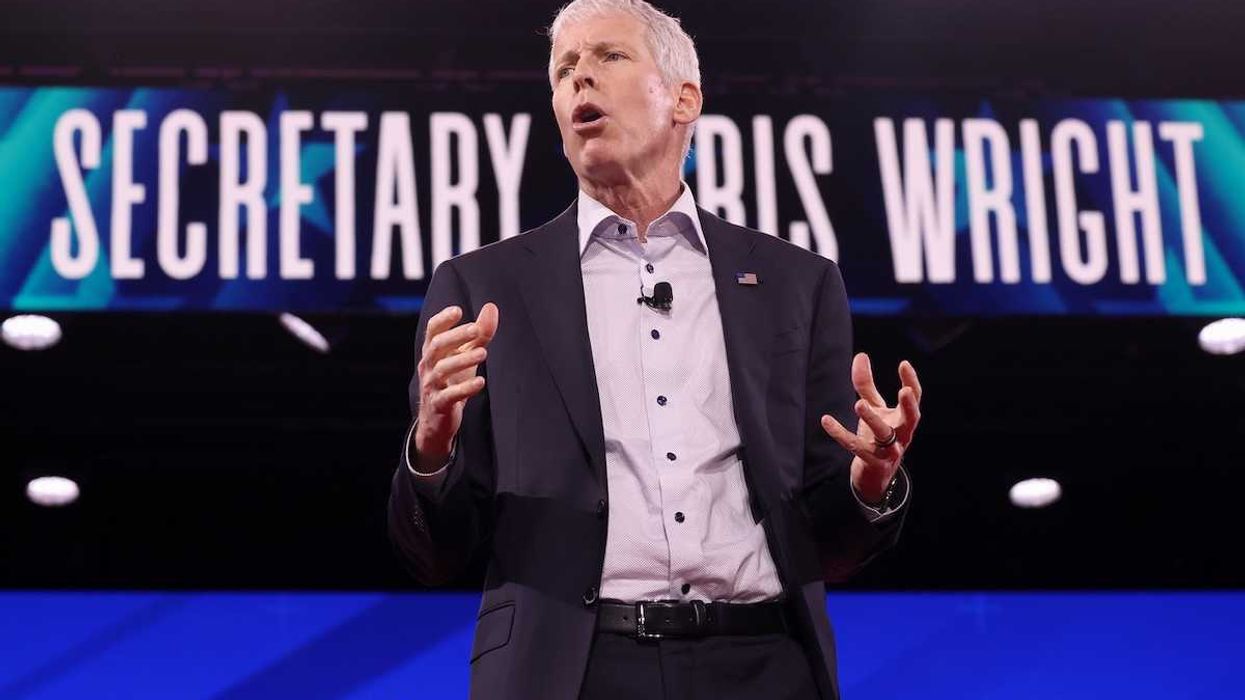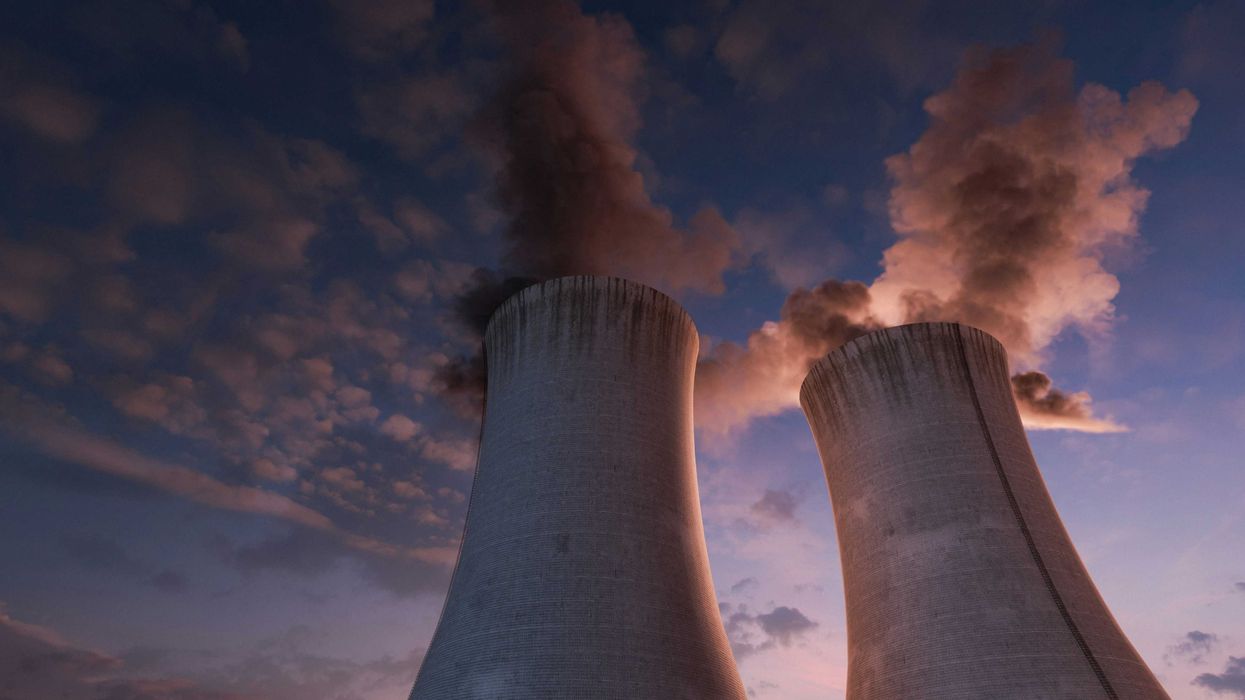The U.S. Environmental Protection Agency plans to deploy artificial intelligence tools to accelerate reviews of new chemicals, but experts warn that gaps in data quality and transparency could undermine the effort.
Ellie Borst reports for E&E News.
In short:
- The EPA is developing an “AI Chemist Assistant” and “EcoVault” to help staff more quickly assess chemical safety under the Toxic Substances Control Act by scanning and summarizing scientific data.
- While industry groups welcome the move, researchers warn that weak or incomplete datasets, especially proprietary data not publicly available, may lead to unreliable results and limit reproducibility.
- The agency’s internal inventory lists over 100 AI-related projects, reflecting a surge in adoption, though current policy requires human verification of all AI-generated conclusions to avoid misinformation.
Key quote:
“The tool is only as good as the data that’s going in.”
— Niki Maslin, chief technology officer and chief artificial intelligence officer, EPA
Why this matters:
The EPA’s chemical review program serves as a gatekeeper between industrial innovation and public exposure to potentially harmful substances. By using AI to accelerate assessments, the agency could potentially move faster, but without rigorous, high-quality data, the process risks becoming less reliable. Many of the chemicals under review are used in products from food packaging to electronics, meaning the consequences of flawed evaluations could ripple through consumer health, occupational safety, and environmental protection. Confidential business data also limits scientific reproducibility and public accountability. As federal agencies lean into AI to manage massive information loads, the tension between speed, secrecy, and safety becomes harder to ignore — especially when toxic exposures often carry long-term, irreversible effects.
Read more: New EPA chief plans cuts, industry hires and a focus on AI
















